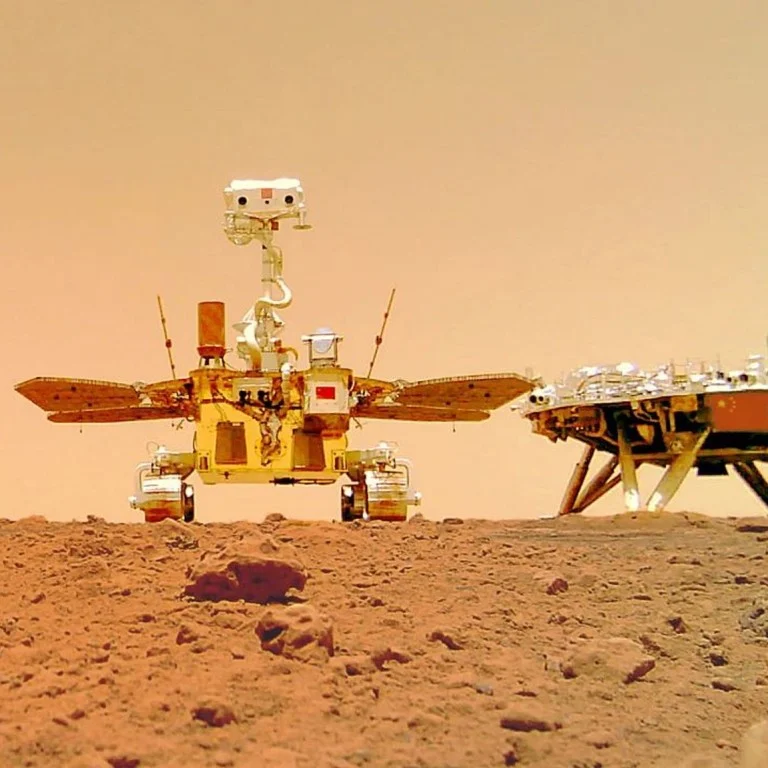China has announced plans to launch the Tianwen-3 mission in 2028, with the goal of retrieving samples from Mars and returning them to Earth by 2031. This ambitious timeline puts China ahead of NASA’s current target of 2040 for its own Mars sample return mission. The Tianwen-3 mission will involve two launches and will search for traces of life on Mars, as well as attempt technical breakthroughs in surface sampling and spacecraft rendezvous.
China’s space program has made significant strides in recent years, including retrieving the first samples from the far side of the moon in June. The country’s advances in space exploration have sparked a growing focus on the potential access to resources and scientific benefits of lunar and deep space exploration.
The Tianwen-3 mission will be a critical step in China’s quest to become a space power, a goal outlined by President Xi Jinping. The mission will also involve international cooperation, with China engaging in payload and sample sharing with other countries.
NASA, on the other hand, is currently re-evaluating its Mars sample return mission due to concerns over budget, complexity, and risk. The agency is seeking new, innovative ways to retrieve surface samples after a budget plan ballooned to as much as $11 billion with a timeframe of sample returns by 2040.
China’s accelerated timeline for its Mars sample return mission puts pressure on NASA to rethink its approach. As the space race between the two countries heats up, the world watches with bated breath to see who will be the first to achieve this historic feat.



